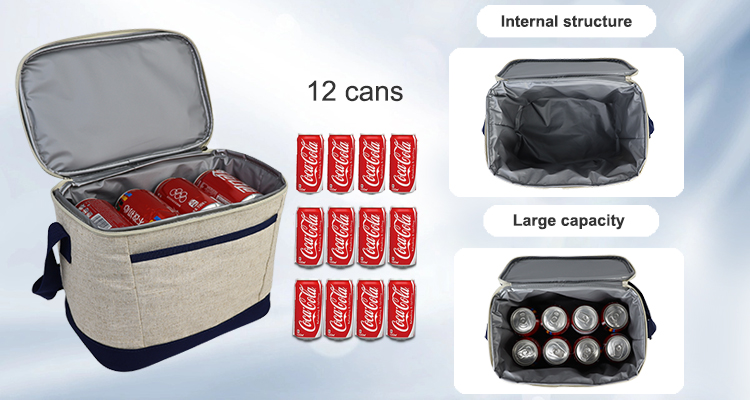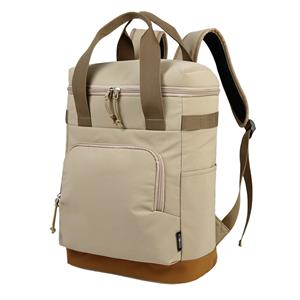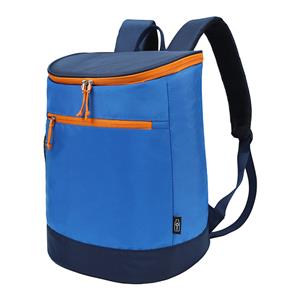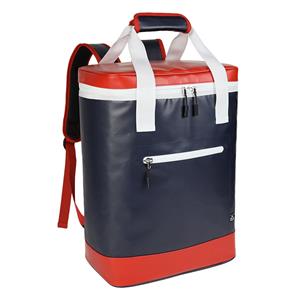- Corporate News
- Industry News
- Blog
- Product news
The Evolution of Camping Coolers: A Journey Through Innovation
Tracing the evolution of camping coolers reveals a fascinating journey of human ingenuity and adaptation to the outdoor lifestyle. What began as rudimentary containers for keeping food cool has blossomed into a sophisticated industry driven by technological advancements and changing consumer expectations. This evolution mirrors the broader trends in outdoor recreation and our growing appreciation for the fusion of functionality and comfort in the wilderness.

In the early days of camping, the concept of a cooler was quite primitive. Ice chests made from wood or metal, often lined with tin or other basic insulating materials, were the norm. These early models relied heavily on large quantities of ice to maintain cool temperatures, which was logistically challenging, especially for campers traveling far from ice suppliers. The insulation capabilities were limited, resulting in rapid ice melt and less - than - ideal temperature control. Despite these shortcomings, they represented a significant step forward in enabling people to venture into the outdoors with some degree of culinary comfort.
The mid - 20th century brought about a transformation with the introduction of styrofoam - insulated coolers. Styrofoam, being a relatively inexpensive and lightweight material with decent insulation properties, made coolers more accessible to the general public. This era saw an increase in recreational camping as automobiles became more prevalent, allowing families to explore camping grounds farther from home. The coolers of this period were simple in design but effective for short - term use. They were often equipped with basic latches and a carrying handle, setting the template for cooler functionality that would be refined in subsequent decades.
The 1980s and 1990s marked a period of significant innovation in cooler technology. Manufacturers began experimenting with more advanced insulation materials, such as polyurethane foam, which offered superior thermal resistance compared to styrofoam. The development of rotomolding techniques allowed for the creation of durable, seamless cooler bodies that were not only more impact - resistant but also provided better overall insulation performance. This was a crucial advancement, as it enabled coolers to maintain colder temperatures for longer periods. The introduction of roto - molded coolers with heavy - duty construction appealed to serious outdoorsmen and commercial users alike, such as fishing guides and hunting outfitters, who demanded reliability in demanding environments.
As environmental awareness grew in the late 20th and early 21st centuries, the cooler industry responded by developing more eco - friendly materials and production processes. Coolers began to incorporate recycled plastics and CFC - free insulation materials, aligning with the broader movement toward sustainable products. This shift didn't compromise performance but rather demonstrated that innovation could go hand in hand with environmental responsibility. At the same time, the aesthetic design of coolers started to receive more attention. No longer were coolers merely functional boxes; they became available in a variety of colors and styles that allowed campers to express personal preferences and match their outdoor gear's visual theme.
The digital age has introduced a new dimension to camping cooler evolution. As previously mentioned, smart coolers with temperature - monitoring capabilities and connectivity features are becoming more mainstream. This integration of digital technology represents a paradigm shift, transforming coolers from passive storage units to active participants in the camping experience. Campers can now make informed decisions about their cooler's contents and performance without direct physical interaction, which is particularly useful in situations where access to the cooler is inconvenient or when monitoring from a distance adds value.
Looking ahead, the future of camping coolers is likely to be shaped by further advancements in insulation technology, potentially incorporating nanomaterials that could revolutionize thermal performance. Additionally, as outdoor enthusiasts become more conscious of their environmental impact, there will be a continued push for coolers that not only perform exceptionally well but also have a minimal ecological footprint throughout their lifecycle. The camping cooler's evolution is far from complete; it's a dynamic field where the demands of outdoor adventurers continually inspire new solutions and innovations.





